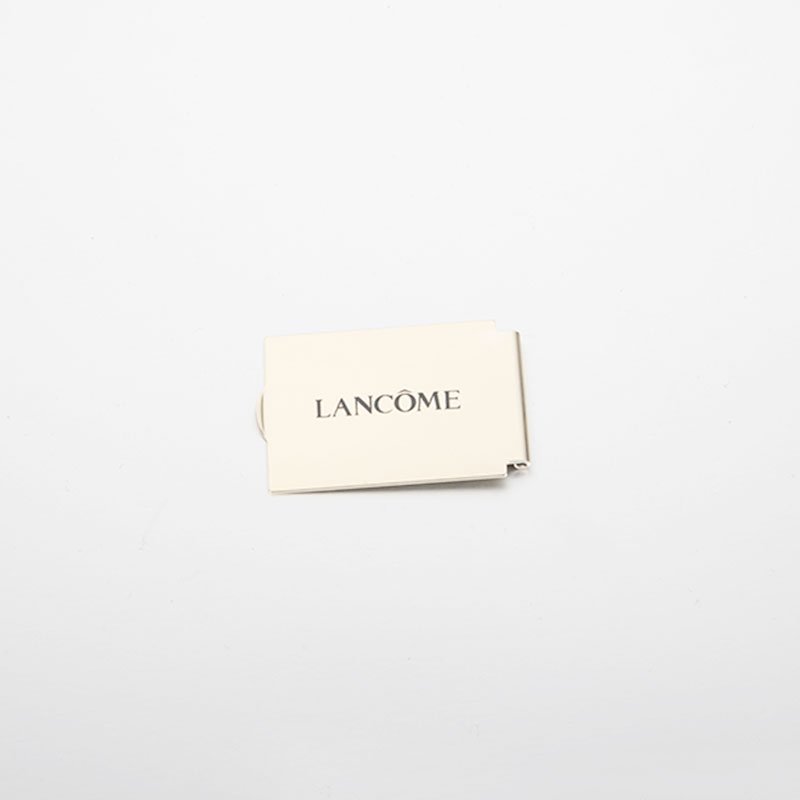These labels are also known as asset tags. They are typically made from aluminum or stainless steel and display text-based information to help users easily identify assets. Often these tags are used in equipment and tooling that is susceptible to abrasion. It is important to choose a durable metal label so it can withstand the rigors of business and the harsh environment.
There are many different materials used in making metal labels. A typical one is aluminum, which is often chosen because of its low cost in medium-volume applications. However, there are several other types of metal substrates available, such as brass. Although these materials may not be as popular as aluminum, they are still used in many applications because of their good corrosion and temperature resistance.
Another type of label is the debossed label, which is usually printed onto a metal surface. Engraving is another method for adding a design to a metal tag, although the engraving process requires the destruction of the base material. In addition, it involves creating indentations, shavings, and filling the indents with ink.
Other processes for adding a logo to a metal label include laser, etching, and needle embossing. Using these methods, metal labels can be made to look ornate, or be simple and streamlined.
Some of the most common applications for metal labels are in the aerospace and defense industry. This industry needs to comply with stringent regulatory standards, including identification and tracking of equipment. Having a clear, long-lasting label is a time saver and a great way to protect assets.
Other common uses for metal labels include the transportation industry. In addition to the need for identification, the transportation industry is often exposed to harsh environmental factors. Using metal labels allows the transportation industry to track its products.
Unlike the other types of labels, a metal tag can be attached to virtually any surface, and it can be used to display text-based or barcoded information for ease of tracking. It is also possible to use metal labels for a variety of other applications, including labeling work in progress and finished goods.
There are some drawbacks to using metal labels, such as fraying or warping lighter garments. Additionally, it is recommended that you never wear metal labels directly on your skin. When worn, they can aggravate skin irritation and allergies. Also, they are a choking hazard for small animals. Lastly, if you have allergies to certain metals, it is best to avoid wearing metal labels altogether.
While metal labels are durable and versatile, they are not for everyone. If you are interested in purchasing them, it is important to consider the type of application, the materials used, the environmental conditions, and the required label quantity. With the right planning, you can easily and affordably find the labels you need to protect your assets.


 English
English 简体中文
简体中文







